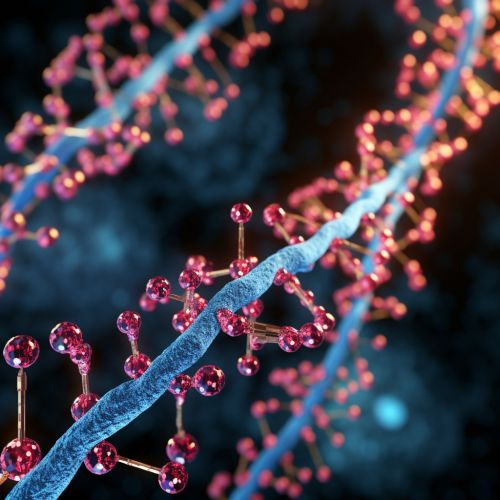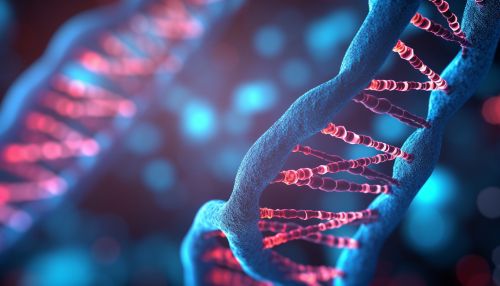Cellular Mechanisms of Aging
Cellular Mechanisms of Aging
Aging is a complex biological process that involves a multitude of cellular mechanisms. These mechanisms include telomere shortening, oxidative stress, DNA damage, protein homeostasis, and cellular senescence. Each of these mechanisms contributes to the overall aging process and the onset of age-related diseases.


Telomere Shortening
Telomeres are the protective caps at the ends of chromosomes that shorten with each cell division. When telomeres become critically short, the cell enters a state of senescence or apoptosis. This mechanism of aging is driven by the Hayflick limit, which is the number of times a normal human cell population will divide before cell division stops. Telomere shortening is a primary hallmark of aging and is associated with a variety of age-related diseases, including cardiovascular diseases, diabetes, and cancer.
Oxidative Stress
Oxidative stress occurs when there is an imbalance between the production of reactive oxygen species (ROS) and the ability of the body to counteract or detoxify their harmful effects through neutralization by antioxidants. ROS are a type of unstable molecule that contains oxygen and that easily reacts with other molecules in a cell. Over time, oxidative stress can lead to the damage of cellular components, including DNA, proteins, and lipids, which contributes to aging and the development of age-related diseases.
DNA Damage
DNA damage is a primary cause of aging and is associated with various age-related diseases. DNA damage can occur through a variety of mechanisms, including exposure to ultraviolet light, ionizing radiation, and certain chemicals. Additionally, DNA damage can occur as a result of errors during DNA replication. Cells have mechanisms to repair DNA damage, but these mechanisms become less efficient as we age. This leads to an accumulation of DNA damage, which can cause cells to become senescent or undergo apoptosis.


Protein Homeostasis
Protein homeostasis, or proteostasis, refers to the balance between the synthesis, folding, and degradation of proteins within cells. As we age, the ability of cells to maintain protein homeostasis declines, leading to the accumulation of misfolded or damaged proteins. This can disrupt cellular function and contribute to the aging process and the development of age-related diseases.
Cellular Senescence
Cellular senescence is a state of permanent cell cycle arrest that can be induced by a variety of stressors, including telomere shortening, oxidative stress, and DNA damage. Senescent cells accumulate with age and contribute to aging by secreting pro-inflammatory factors that can damage surrounding tissues. Additionally, senescent cells are resistant to apoptosis, which can lead to their accumulation and further contribute to aging and age-related diseases.
